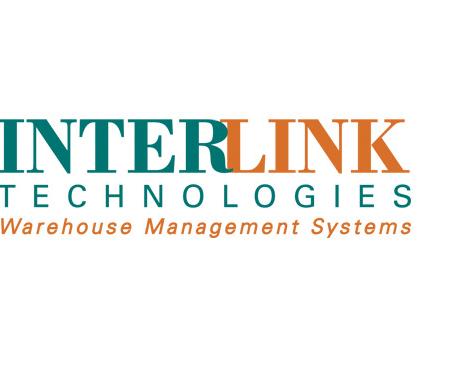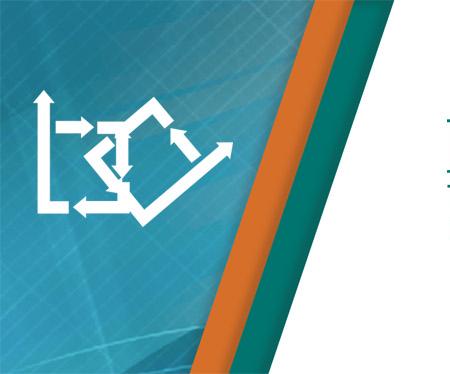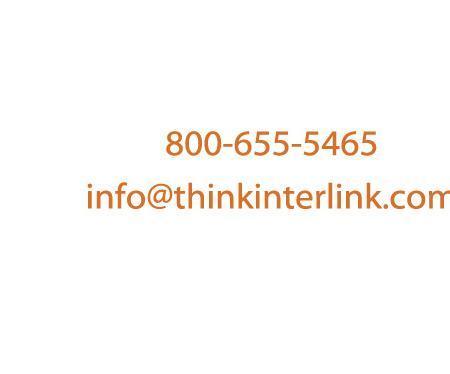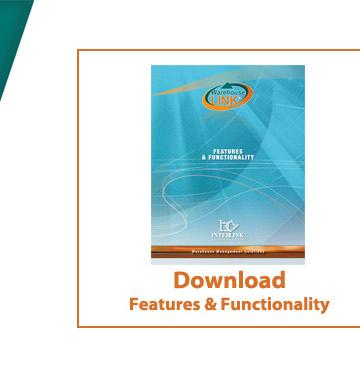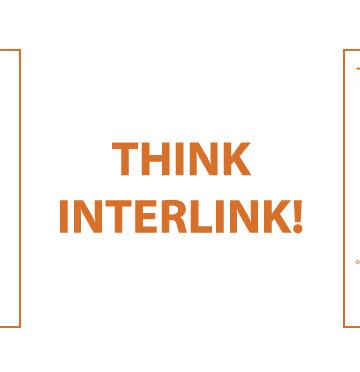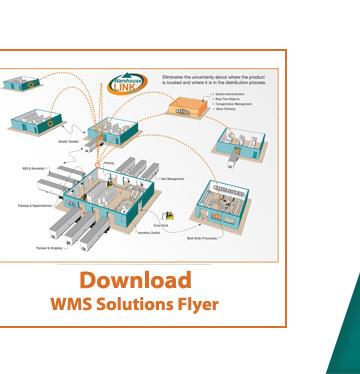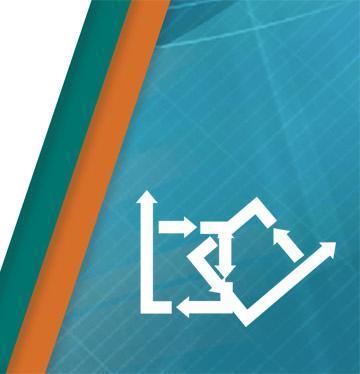The shipping process is the last leg of warehouse management with Warehouse-LINK® and provides functionality for efficient, fast fulfillment.Shuttle load transfers inventory without using the shipping process. Shuttle provides the ability to shuttle products between your facilities with roadworthy paperwork without having to create an order.
Before loading:
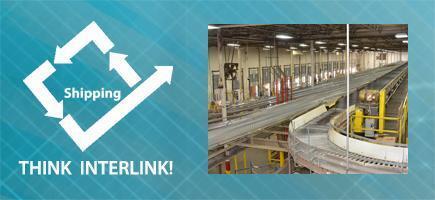
- Assign orders to carriers
- Assign carriers to dock doors
- Select a trailer for loading
- View order status for orders assigned to a dock
- Verify each item before loading
- Print shipping documents before or after loading
Loading:
- Load trucks in reverse stop sequence
- Use packout or pallet load
After loading:
- View truck contents
- Options for manifesting and truck routing
- Inquiries into shipment data
- Print shipping documents before or after loading
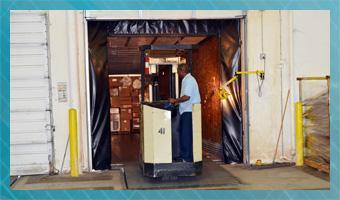
Warehouse-LINK® maintains a detailed audit trail of all activities that affect inventory quantities including receiving, putaway, picking, shipping, cycle counting, consolidation, and adjustments. Information includes (but not limited to) time and date, functions of warehousing performed, the person who performed the activity, warehouse inventory before and after warehouse activities.
Warehouse tracking includes:
- Owner (company/division)
- Movable unit (pallet or tote) using a unique barcode “license plate” number
- Mixed part numbers (SKUs) within a single movable unit
- Raw materials and finished goods inventory
- Item status
- Batch, lot and serial numbers
- Expiration date
Inventory Management and Inventory Control
Warehouse tracking depends on responsible inventory management and inventory control. Warehouse-LINK® provides management and maintenance of:
- Location characteristics such as cubic capacity, environmental controls (freezer, hazmat, secured inventory), and ABC velocity.
- Item characteristics such as FIFO, LIFO, UPCs and QC analysis quantity.
- Tasks such as special directives for users on a mobile device, interleaving tasks, and cycle counting.
- Units (license plate) history.
Warehouse Putaway
The putaway process selects the best location (dynamic slotting) for product putaway by using location and product attributes plus user-defined putaway logic sequences. Warehouse-LINK® provides directives to the user on the mobile and assures travel path optimization. Confirmation in real-time is required to ensure valid locations.
Putaway can be by-passed with the cross-docking process for faster fulfillment. After receiving inventory into Warehouse-LINK®, the system directs the user to take the product to shipping instead of a putaway location. Cross-dock avoids warehouse storage and provides a timesaving turnaround.
Warehouse-LINK® supports multiple putaway strategies:
- Random, preferred, fixed, and forward-pick
- Reserve, forward, staging, drop, dock, floor, and rack locations
- Facility, zone, aisle, bay, level, and slot locations
- Inventory replenishment
- Multiple items in single location
- Single items in multiple locations
- Temporary putaway
- Alternate putaway locations
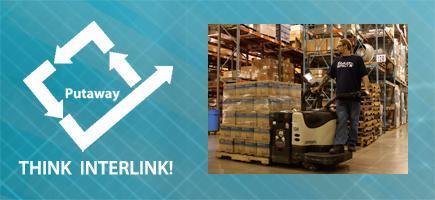
Putaway directives may consider activities and controls such as:
- ABC classification
- Environmental controls
- Controlled substances
- Item ownership
- Designation for specific customer
- Preferred areas
- Cubic capacity
- Expiration date
Order fulfillment goes hand in hand with warehouse picking strategies directed by Warehouse-LINK®.
Order Management
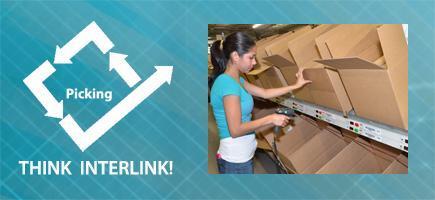 View and filter orders numerous ways – one at a time, in groups, waves or by customer. Sort by specific fields and value ranges. Perform edits, make mass changes to orders, hold, allocate, and unallocate orders with order management.
View and filter orders numerous ways – one at a time, in groups, waves or by customer. Sort by specific fields and value ranges. Perform edits, make mass changes to orders, hold, allocate, and unallocate orders with order management.
Picking
Multiple pick methods provide flexibility for fast, accurate, and efficient order fulfillment. Picking methods include pick by order, pick multiple order, wave picking, pick-to-light, pick and pack, voice picking and more. Assign pick instructions, assign a carrier to a wave or order, and assign a staging area to a wave or order. If there is unfinished picking, the activity may be placed on hold. When closing the order activity is terminated for all items. The picking process includes picking for kitting and work order processing.
Warehouse Receiving
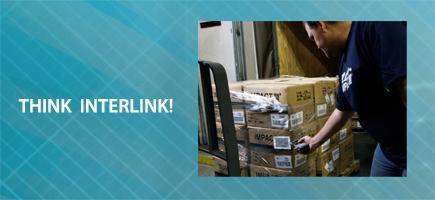 The receiving process initiates inventory into Warehouse-LINK® WMS. Common receiving methods include ASN, with PO, without PO, returns, miscellaneous receiving, cross docking and unload shuttle.
The receiving process initiates inventory into Warehouse-LINK® WMS. Common receiving methods include ASN, with PO, without PO, returns, miscellaneous receiving, cross docking and unload shuttle.
ASN (Advanced Shipping Notice) enters Warehouse-LINK® through EDI transactions (Electronic Data Interchange) from the ERP or accounting system. ASN provides a “heads up” notification of the deliveries to receive. The products are received against the ASN when they arrive at the dock to unload.
In addition to ASN, the product can be received with or without PO into Warehouse-LINK®. Inventory becomes available as soon as the product is scanned and received into the Warehouse-LINK® WMS system. Inventory can be putaway, set aside for future putaway, placed to build pallet, allocated for QC holds, or cross-docked to bypass putaway for immediate fulfillment.
Receiving functionality includes “unload shuttle.” Inventory may be shuttled or transferred from one warehouse to another without the need to create an order to “ship” the product(s). Shuttle functionality provides tracking integrity and generates the necessary paperwork for roadworthy transport. When replenishment storage is close by or when using an outside warehouse for overflow, the shuttle function is particularly helpful.
The receiving process includes directing workers to capture quantity, verify QC, and capture lot or serial when needed. Warehouse-LINK® operates in real-time which allows managers to see exactly when the product arrived and when it was received into inventory. After receipt, Warehouse-LINK® provides notification to the ERP, keeping sales and customer service in sync with up-to-the-minute information.
